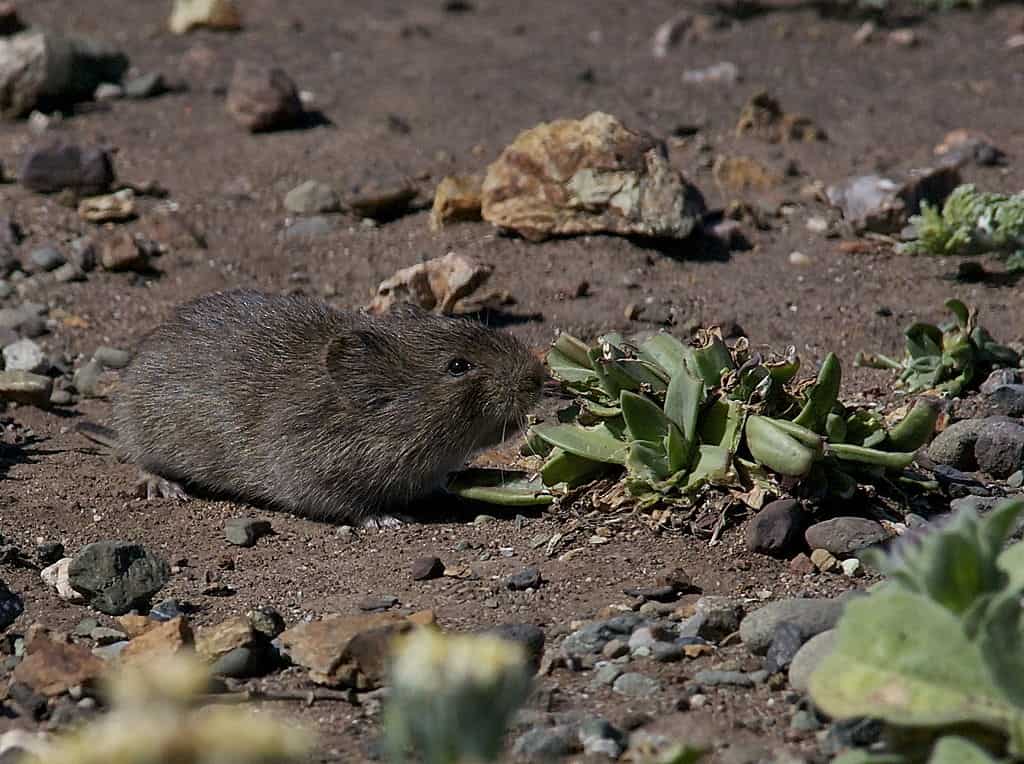Prairie voles (Microtus ochrogaster) have long been described as models of monogamy. Decades of research have linked this behavior to the love hormone oxytocin. But this hormone may not be so necessary after all, according to a new study, which found prairie voles are still capable of having monogamous bonds without oxytocin.

Neuroscientists wanted to know whether pair bonding in prairie voles was actually controlled by oxytocin receptor signaling. They used CRISPR to create prairie voles that lack functional oxytocin receptors and tested these to see if they could form enduring links. To their surprise, the mutant voles could form pair-bonds just like normal voles.
“We were all shocked that no matter how many different ways we tried to test this, the voles demonstrated a very robust social attachment with their sexual partner, as strong as their normal counterparts,” Neuroscientist Devanand Manoli from the University of California, San Francisco (UCSF) and study author, said in a statement.
A more precise technology
Prairie voles prefer each other’s company over a stranger’s and like to be together both in the wild and the lab. They have been a popular choice to study how social behavior evolves. Previous studies have found a few hormones in the brain are vital for vole manners, especially oxytocin, which is also important for social behavior in humans.
Manoli and his colleagues used a new genetic engineering method based on CRISPR technology to mutate the gene that encodes oxytocin reception – it encodes the protein that detects and reacts to oxytocin. They believed that the rodents wouldn’t be able to form bonds as it had happened in past experiments with drugs that blocked oxytocin activity.
Instead, the voles still formed pair bonds and looked after their pups – huddling, licking and grooming. Gene-edited mothers could produce milk for their offspring, the study found, but the amount was limited. As a result, fewer of their pups survived to weaning age, and those who did were smaller compared to the pups of normal prairie voles.
“For at least the last ten years people have been hoping for the possibility of oxytocin as a powerful therapeutic for helping people with social cognitive impairments due to conditions ranging from autism to schizophrenia,” Manoli said in a statement. “This research shows that there likely isn’t a magic bullet for something as complex and nuanced as social behavior.”
When asked why their results were different from other previously published studies that used drugs to block oxytocin receptor signaling, the researchers said drugs are much less precise and can affect multiple receptors. CRISPR can instead genetically remove only one receptor without affecting others, which suggests more precise results.
For their study, the researchers had to develop all the molecular tools and protocols from scratch as prairie voles aren’t usually used in genetic studies. Now that they have this, they want to keep exploring it further. “There are so many other questions that prairie voles could be interesting and useful for answering,” Manoli said in a statement.
The study was published in the journal Cell Press.









